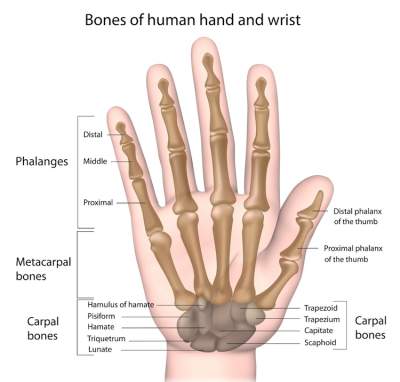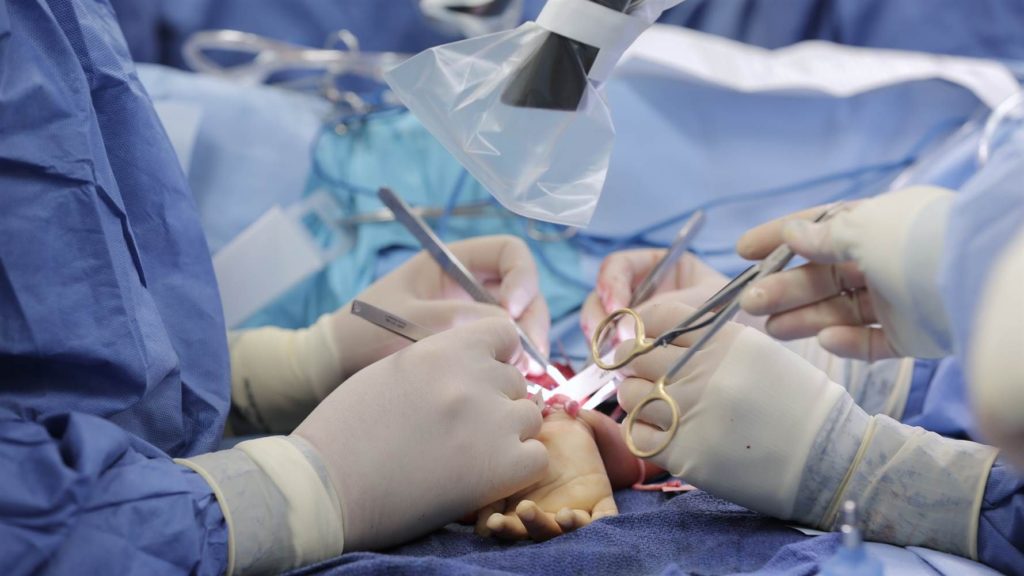What you need to know about a Hand Surgery Procedure
Contents
- 1 What you need to know about a Hand Surgery Procedure
- 2 What Does the Procedure Involve?
- 3 How Long Should You Stay in the Area?
- 4 How Long is the Recovery Time?
- 5 What Aftercare Should You Consider?
- 6 What is the Success Rate for a Hand Surgery Procedure?
- 7 Are there Alternatives to a Hand Surgery Procedure?
- 8 What Should You Expect Before and After the Procedure?
Hand surgery is a surgical procedure to treat problems and conditions that take place in any part of the hand, including the joints, bones, cartilages, nerves, tendons, and skin. In some cases, hand surgery may also cover problems around the forearms, wrists, elbows, and shoulders.
What Does the Procedure Involve?
There are several different types of surgery that can be carried out on the hand, depending on the cause of the problem, such as injury, disease, or congenital defect. Some of the main types of hand surgery are tendon repair, nerve repairs, closed reduction and fixation, joint replacement (arthroplasty), as well as surgical drainage and/or debridement. Most of these surgeries are performed under general anesthetic, but some can be done under local anesthetic.

How Long Should You Stay in the Area?
Depending on which type of surgery you underwent, you may need to stay in the hospital overnight. The recommended length of stay is 7 to 10 days in the local area, but you should check with your surgeon when you can fly home. During your stay, your surgeon may schedule follow-up checkups where your condition is monitored and your stitches are removed.
How Long is the Recovery Time?
In general, you should be able to return to work within a week if your job does not require extensive use of your hands, but if your job is physically demanding and you need to use your hands a lot, it can take as long as 3 to 6 months before you can resume your job. The total recovery period may take around 6 months, but this depends on which type of surgery you underwent.
What Aftercare Should You Consider?
After the surgery, you may need to attend a physical therapy program to strengthen your hand and bring back your range of motion using isometric exercises. Remember to begin your normal routine gradually and take it easy on your affected hand to prevent any complications. You may need to schedule an appointment with your local doctor to check your healing progress.
What is the Success Rate for a Hand Surgery Procedure?
Hand surgery is effective and highly successful. However, just like most surgeries, it carries the risk of bleeding and infection. Other side effects and risks include incomplete healing, blood clots, and loss of feeling or movement of the fingers or hand.
Are there Alternatives to a Hand Surgery Procedure?
Surgery is only an option if other forms of treatment are unsuccessful. If you do not want to undergo surgery, you can take non-steroidal anti-inflammatory medications or cortisone injections and attend physical therapy.
What Should You Expect Before and After the Procedure?
Before surgery, your range of motion, mobility, and productivity may be limited. After hand surgery, you should be able to do normal things again and to perform your activities efficiently.
For an in-depth analysis of a Hand Surgery Procedure, watch this short video.
To check prices or to book a Hand Surgery Procedure in Thailand or anywhere else in the world, head on over to MyMediTravel now!

